Electrical safety is a vital concern in both homes and workplaces. Neglecting it can lead to fires, equipment damage, or even severe injuries. This article outlines ten essential safety tips to ensure a secure environment for everyone. Let’s dive in! 🚨
1. Inspect Wiring Regularly 🔍
Damaged or frayed wires are a common cause of electrical hazards. Here’s what to check:
- Look for cracks, exposed metal, or wear on cords.
- Replace damaged wires immediately.
- Avoid using electrical tape as a long-term fix.
🔑 Tip: Schedule annual professional inspections for your home or workplace.

2. Avoid Overloading Circuits 🚦
Plugging too many devices into a single outlet can overheat circuits.
What to do:
- Use power strips with built-in surge protection.
- Avoid daisy-chaining multiple extension cords.
- Know your circuit’s capacity and stick to it.
| Device | Average Power Usage |
|---|---|
| Microwave Oven | 1,200 W |
| Desktop Computer | 300 W |
| Space Heater | 1,500 W |
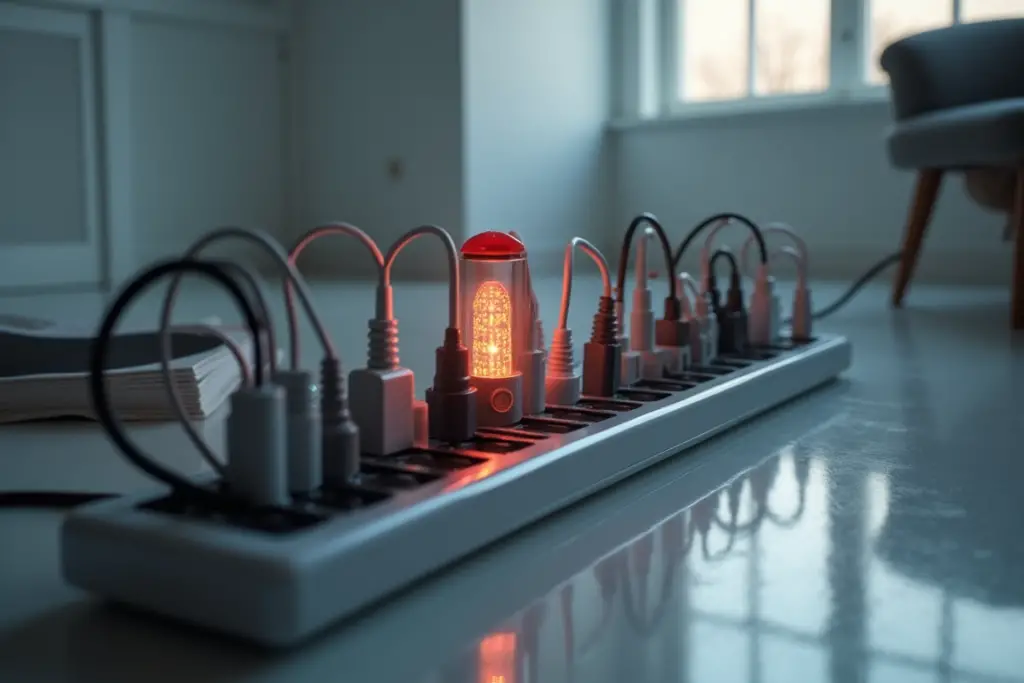
3. Keep Electrical Devices Away from Water 💧
Water and electricity don’t mix! This applies to kitchens, bathrooms, and outdoor areas.
Steps to follow:
- Install Ground Fault Circuit Interrupters (GFCIs) near sinks and tubs.
- Never touch electrical devices with wet hands.
- Use weatherproof covers for outdoor outlets.
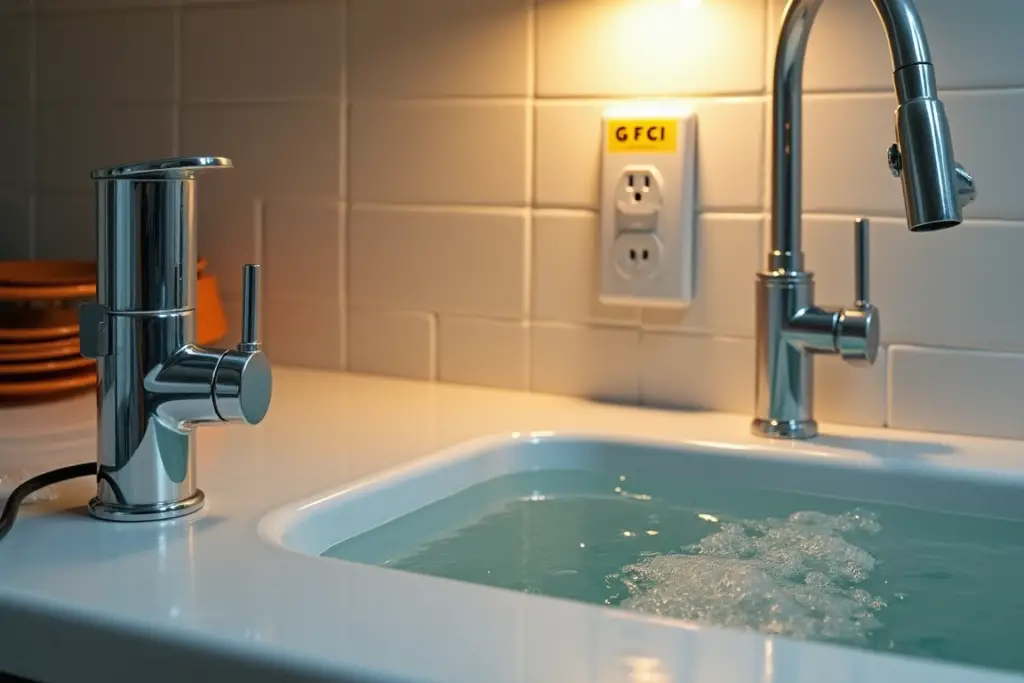
4. Use Proper Personal Protective Equipment (PPE) 🛡️
For workplace safety, wearing PPE is non-negotiable.
Essential items include:
- Insulated gloves.
- Non-conductive footwear.
- Arc-rated face shields for high-voltage tasks.
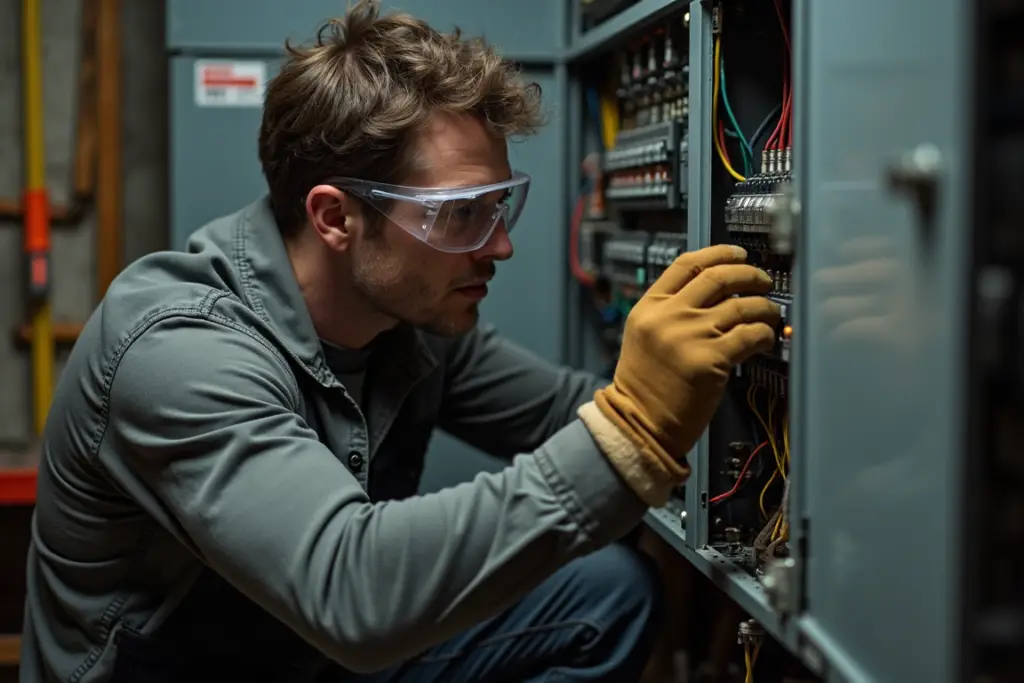
5. Turn Off Power Before Repairs 🔧
Always cut the power supply before attempting electrical work.
Steps:
- Locate the main circuit breaker.
- Label switches for clarity.
- Test with a voltage meter to confirm the power is off.
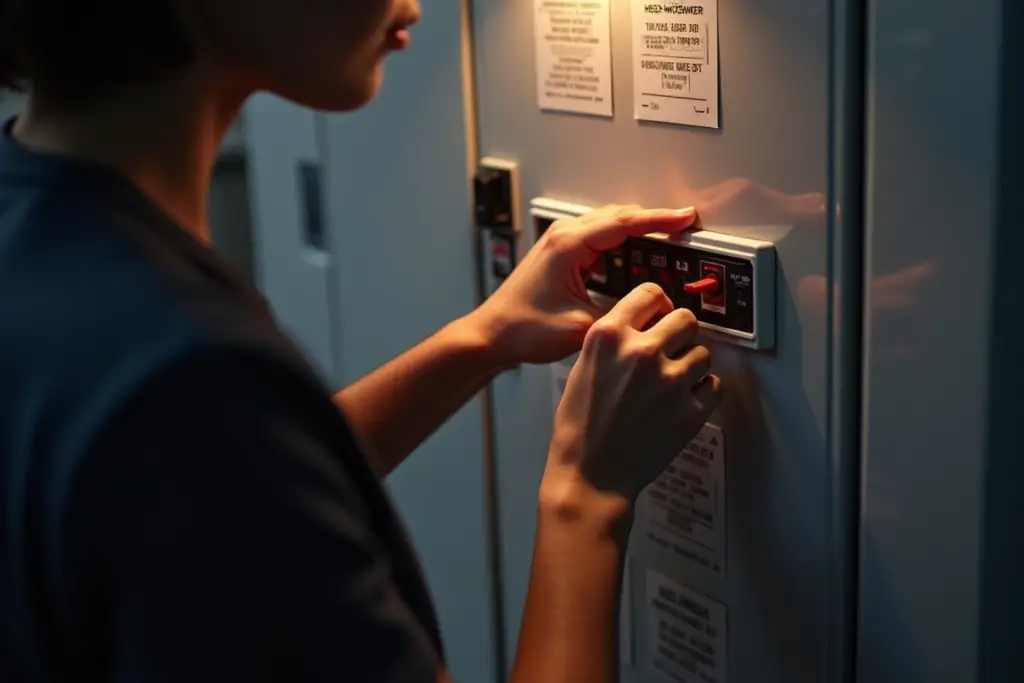
6. Label Your Electrical Panels 📋
Clear labeling prevents confusion during emergencies.
- Use color-coded labels for circuits.
- Indicate essential circuits (e.g., HVAC, refrigerators).
- Update labels whenever changes are made.
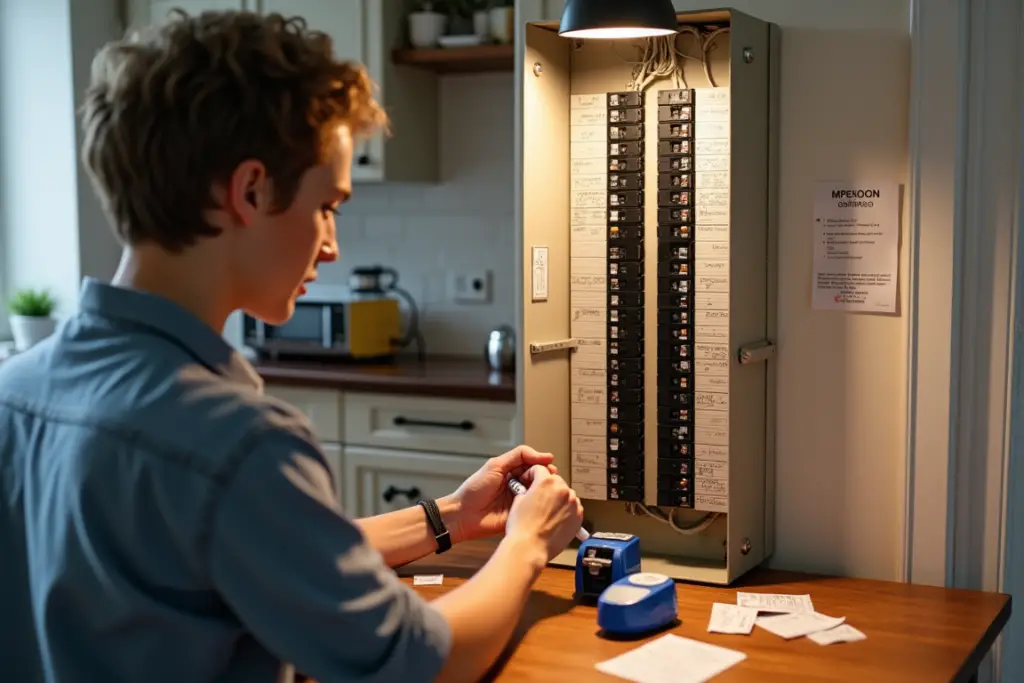
7. Maintain a Safe Distance from Power Lines 🌲
Outdoor electrical safety is just as important.
What to do:
- Keep at least 10 feet away from overhead lines.
- Use insulated tools when working near power lines.
- Plant trees far from electrical installations.
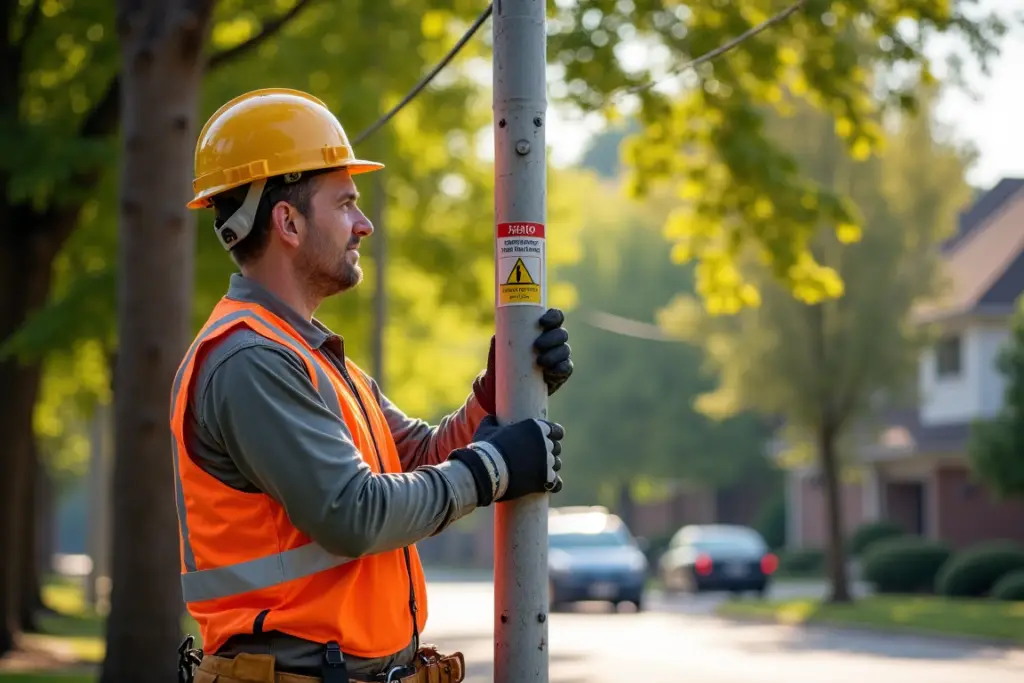
8. Educate Everyone in the Household or Workplace 🧑🏫
Knowledge is the best defense against accidents.
- Teach children to stay away from outlets and cords.
- Conduct regular safety drills in workplaces.
- Share guidelines on using electrical equipment safely.

9. Invest in Modern Safety Devices 🛠️
Upgrading to smart devices can significantly improve safety.
Examples:
- GFCI Outlets: Prevent shocks in wet areas.
- Arc Fault Circuit Interrupters (AFCIs): Reduce fire risks.
- Surge Protectors: Safeguard appliances during voltage spikes.
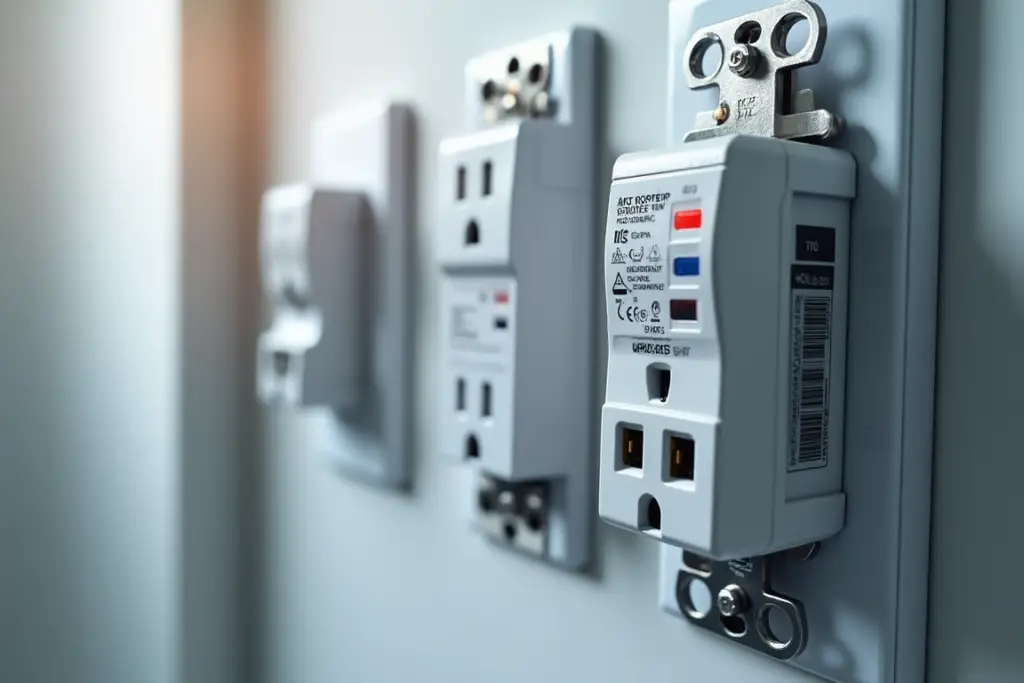
10. Have an Emergency Plan 🆘
Accidents can happen despite precautions. Prepare for emergencies.
Steps:
- Know how to cut off the power supply.
- Keep a Class C fire extinguisher nearby.
- Call emergency services immediately in case of serious incidents.
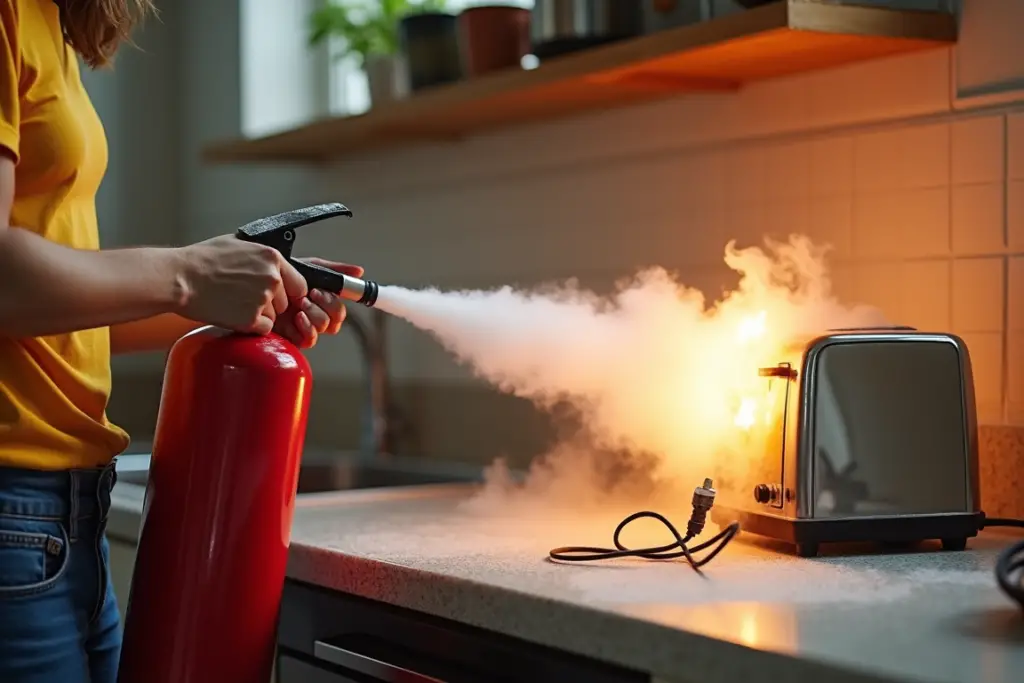
Conclusion
Electrical safety is a shared responsibility. Whether at home or in the workplace, following these tips can help prevent accidents and create a safer environment for everyone. Start applying these steps today and enjoy peace of mind! 😊

